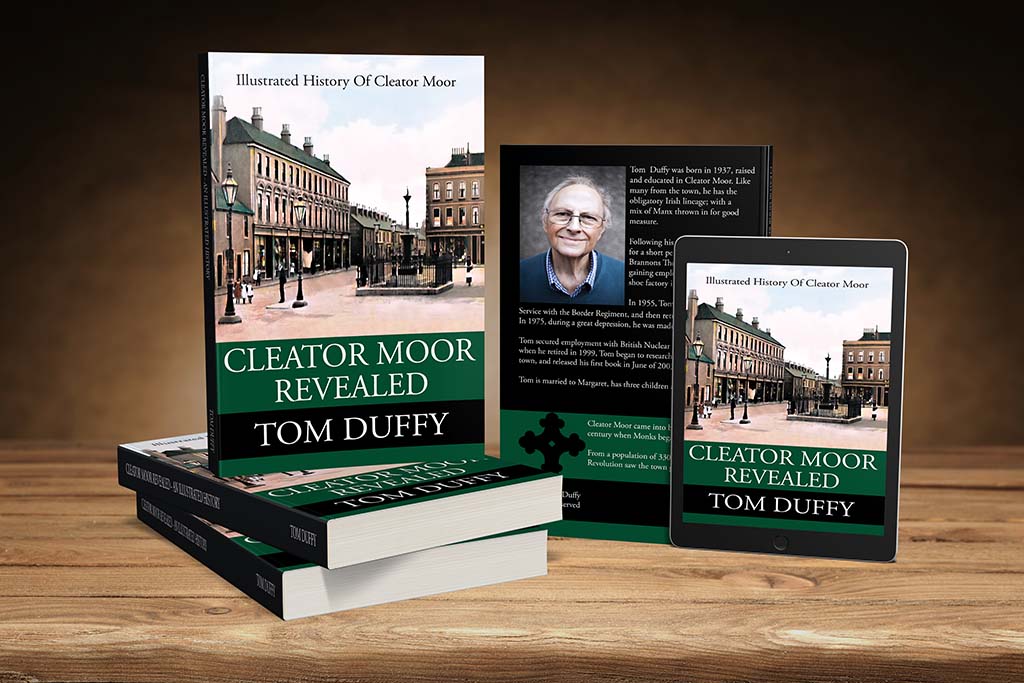The bowling club at Crossfield was built around 1881. It was paid for by local mine owner, John Stirling - for his workforce to spend their ...
The bowling club at Crossfield was built around 1881. It was paid for by local mine owner, John Stirling - for his workforce to spend their leisure time.
In the early days of mining Stirling tried to look after the health and welfare of his workforce and their families by building a local hospital, schools and churches. He was quite the philanthropist, which was rewarded by the people of Cleator Moor through their affection of him, and outpouring of appreciation with the building of the Stirling memorial.
In 1858 Stirling starting borings on Todholes, near Cleator, and had almost given up prospecting when haematite was discovered. In 1862 he started looking in the Montreal area where more haematite was discovered. Montreal Mine was unique in that it was a coal and iron ore mine, both being drawn through the same shaft.
- Coal was produced at Montreal Pit until 1918. In 1852 Stirling, a local magistrate, and his wife Marian took up residence at Park House, Bigrigg and the couple had six children. Around 10 years later the family moved to Bridekirk, near Cockermouth where Marian, the daughter of John Hartley of Moresby House (later Howgate Hotel), was to give birth to four more children.
John Stirling is sat to the right of the left pillar, in the photo below, with hands on his lap.

 |
| Opening Day Of Crossfield Bowling Club, C1881 |







Does anyone have a current contact for the club
ReplyDeleteTry Malcolm Little: malclitt(at)gmail.com - good luck!
Delete